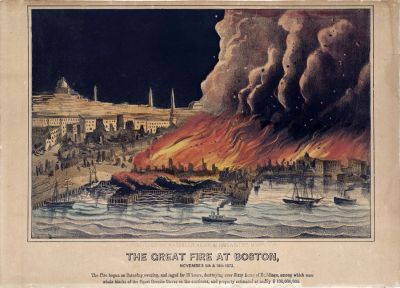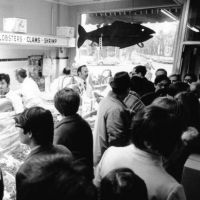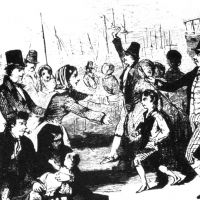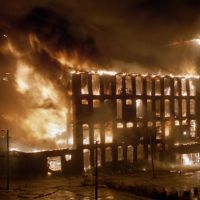Primary Source
AFTER THE FIRE
After forty-eight hours of intense anxiety, wild commotion, and scenes of almost indescribable destruction, the city has returned to nearly its normal state, save in the burnt district, where the ruins still smolder and will remain for some time solemn monuments of the ruin a night has wrought. The stranger arriving in Boston this afternoon, and keeping in that portion of the city west and north of Tremont Street, would not know from anything he saw or heard, that a great calamity had befallen the city. . . . It is not meant that the city had, even in its perfect portions, retained its usual aspect, but only to assert that Boston, though scarred deeply, is not destroyed, and that her people are not cast down. . . . Yet it is undoubtedly true that the city has been visited by a calamity rarely paralleled in the history of ravages by fire. . . . It is now found that the burned district comprises within a fraction of sixty acres, or 2,610,000 square feet [including] the most massive and magnificent business structures in America, and which now present only smoking, shapeless ruins of what was apparently indestructible.
New York Times, November 12, 1872.








